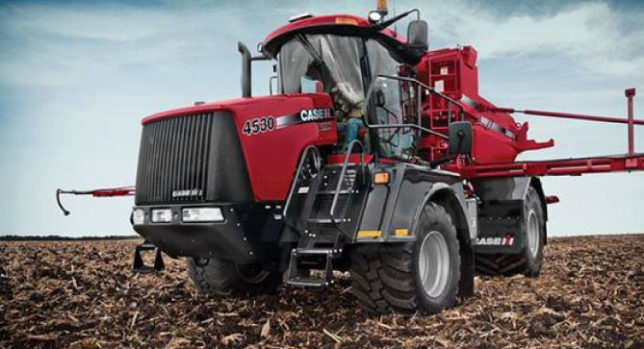Recent wet years have stymied growers’ attempts at applying fall fertilizer. When nitrogen has been applied, losses have been high or, in the following spring, fields were not seeded due to excessive moisture.
It’s not hard to see that many growers are starting to ponder the effectiveness of fall applied nitrogen and trying to evaluate if waiting until spring is more appropriate or cost effective.
When nitrogen is applied in the fall, the key is keeping it in the ammonium (NH4+) form. By so doing, this positive cation is bound to negatively charged clay and organic matter particles, keeping it secure from leaching. Additionally, NH4+ is safe from bacterial denitrification. If nitrogen is applied in the fall, it stands to reason that if it can be kept in the ammonium form, it will not be lost. There are a number of ways in which this can be achieved, including:
- Using a coated product – slow release coatings, such as that found with ESN, keep the nitrogen separated from the soil and prevent escape or loss;
- Through several nitrification inhibitors that are available, such as:
- Agrotain, a nitrogen stabilizer and urease inhibitor;
- DCD in SuperU also inhibits nitrifying bacteria;
- When urea or ammonia is first applied, “ammonia shock” kills bacteria and fungi in the immediate area which delays any conversion of ammonia to nitrate. The more concentrated the injection zone, the more bacteria and fungi are killed and the slower the recolonization;
- Applying fertilizer into cool soils also slows down the action of the nitrifying bacteria.
Guidelines suggest growers wait to make fall fertilizer applications until soils are at 5 degrees Celcius or lower.
Growers who have high phosphorus removing crops like durum and canola in the rotation can consider applying phosphorus in the fall. The availability of phosphorus is improved when it is dual banded with nitrogen or ammonium sulphate. In order for it to be available to the crop come spring, spacing of bands should be 12 inches or less and bands should remain undisturbed by spring seeding or tillage.







Leave A Comment